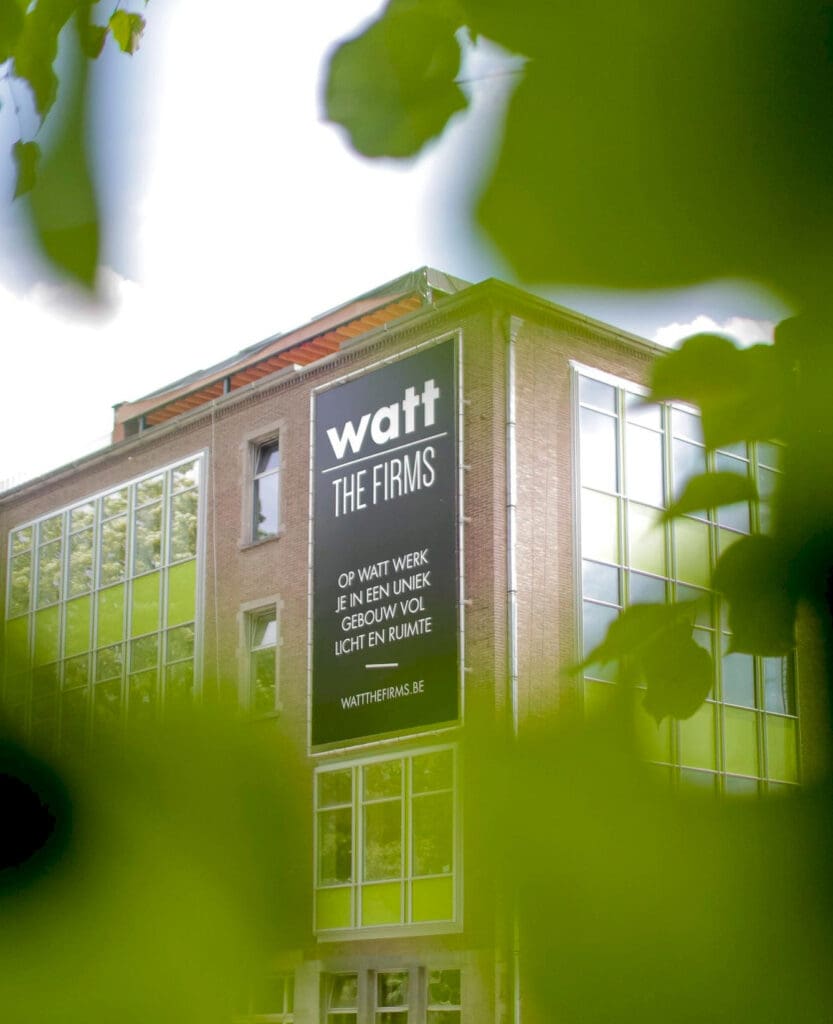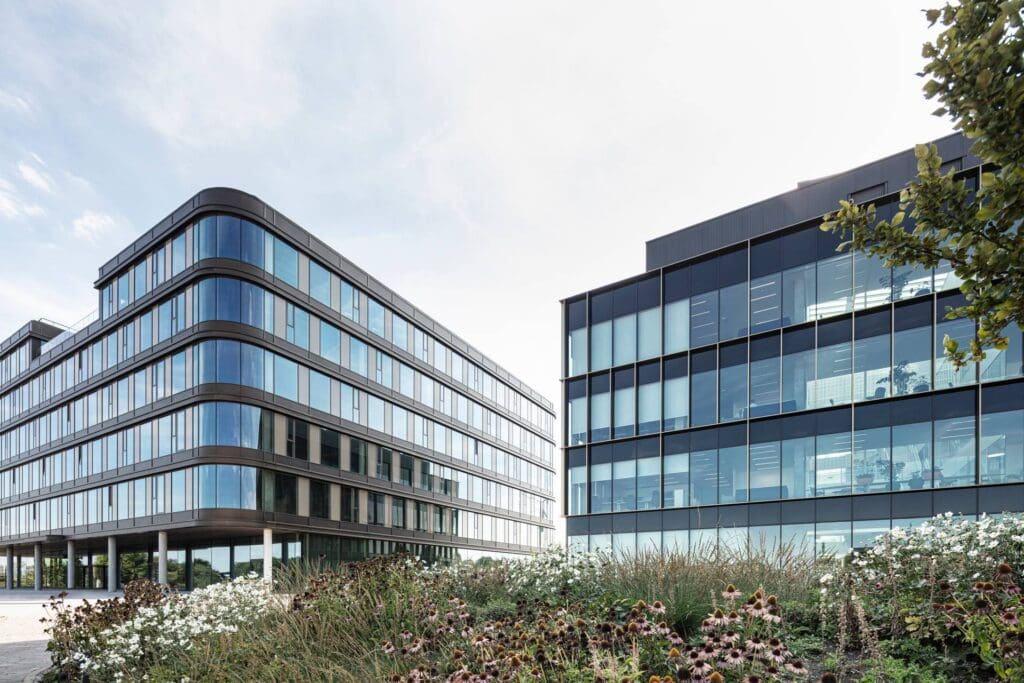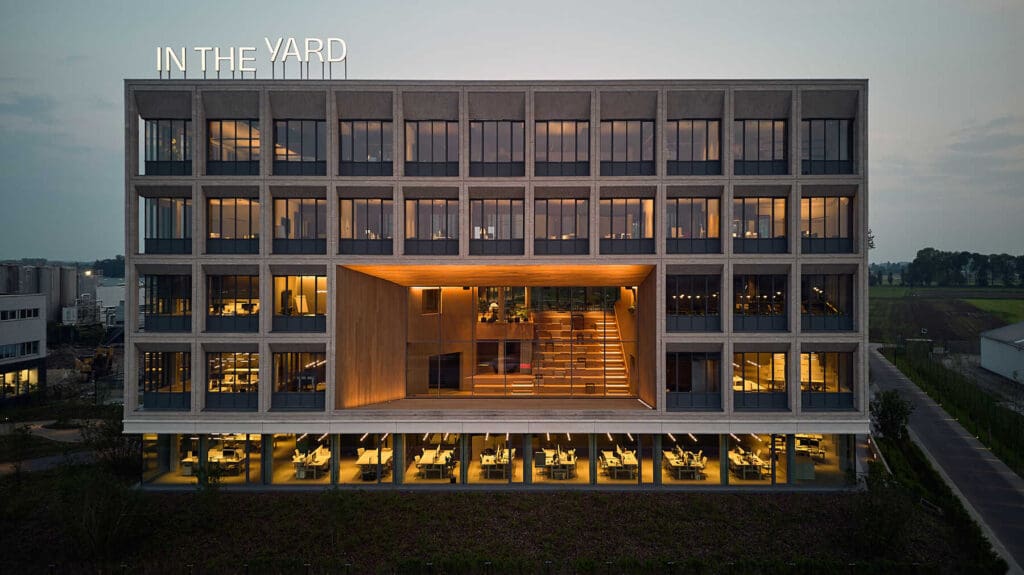
WELL Certification Experts
A comprehensive guide for WELL Certification
Airscan.org is a leading accredited testing organisation for WELL Green Building certification. Our expertise guarantees that your building meets the highest standards of health and well-being.

An Introduction
Why WELL Certification matters for the future of sustainable buildings
WELL certification is the first standard in the world to focus exclusively on the health and well-being of building occupants. It assesses essential criteria such as air quality, water quality, light, thermal and acoustic comfort.
Performance tests are crucial to this process. They verify that design intentions are translated into measurable results, ensuring a truly beneficial environment for its occupants.
Key pillars of WELL Certification
We evaluate your building across a range of health, wellness, and comfort criteria, using a performance-based scoring system. Each project is assessed by an independent WELL Accredited Professional (WELL AP), ensuring transparent, reliable, and globally consistent results.
WELL ratings reflect how a project supports occupant well-being across key areas such as air, water, light, nourishment, movement, thermal comfort, sound, and mental health—helping compare buildings and ensuring quality, value, and healthier spaces for people.
Air
Energy efficiency, carbon emissions, renewables.
Water
Water efficiency and leak detection.
Light
Responsible sourcing, lifecycle impact.
Nourishment
Movement
Site ecology, biodiversity enhancement.
Acoustics
Air, water, light, and noise pollution mitigation
Thermal Comfort
Project planning, commissioning, and handover.
Mind
Indoor air quality, natural lighting, acoustic comfort.
Materials
Project planning, commissioning, and handover.
Community
Indoor air quality, natural lighting, acoustic comfort.
We simplify your WELL Certification journey
Airscan.org is your certified performance testing organization (PTO) and a leader in performance testing for WELL Green Building certification.
Our expertise ensures that your building meets the highest standards of health and well-being.
1
Preparation of project portfolio documentation
Throughout the construction journey, continuously collect and add documents like design files, architectural drawings, and letters of assurance to the project folder to minimize delays in later stages.
2
Completion of construction work
Rushing on-site testing in construction can lead to failed results, requiring costly retests. WELL standards require full construction completion and significant occupancy before testing.
3
Contact with WELL Performance Testing Organization
Engaging a WELL Performance Testing Organization early optimizes the certification process. Find an authorized PTO in your region through the WELL platform or your network to ensure a smoother assessment and preparation for your building’s testing day.
4
Installation of necessary signs and pointers
Before scheduling official WELL testing, ensure all required signs are installed and documented, and the building meets occupancy requirements.
5
Preliminary documentation review
After completing construction and gathering documents, the project undergoes an initial document review, typically taking 4-6 weeks. This results in either approval or a list of corrective actions needed.
6
On-site testing and performance verification
Performance verification timing varies by project size and features. Consult your agent for optimal scheduling. Most projects complete testing in one long day.
7
Review time and curative action if necessary
A typical review takes 4-6 weeks, but concurrent documentation and performance verification can expedite the process, allowing for faster certification if teams are well-aligned and planning is thorough.
8

You are WELL Certified!
9
Annual reporting and recertification of WELL-Certified
After WELL certification, maintain status through annual reporting and recertification every three years. Continuously monitor data, submit documentation, and reevaluate building performance to uphold the WELL Label.
Our Process
Your step-by-step guide to WELL Certification
From start to certification, here’s how the WELL Certification journey unfolds. Whether you’re starting from scratch or upgrading an existing asset, this roadmap ensures we’re on the right track in meeting your sustainability goals.
THE ACTORS
Key Stakeholders and Parties Involved

Project Owner
A project owner or developer is typically the driving force behind seeking WELL certification for a project.
Responsibility for committing to the certification process, securing financing, and overseeing the project’s completion makes a project owner the key stakeholder in the entire process.
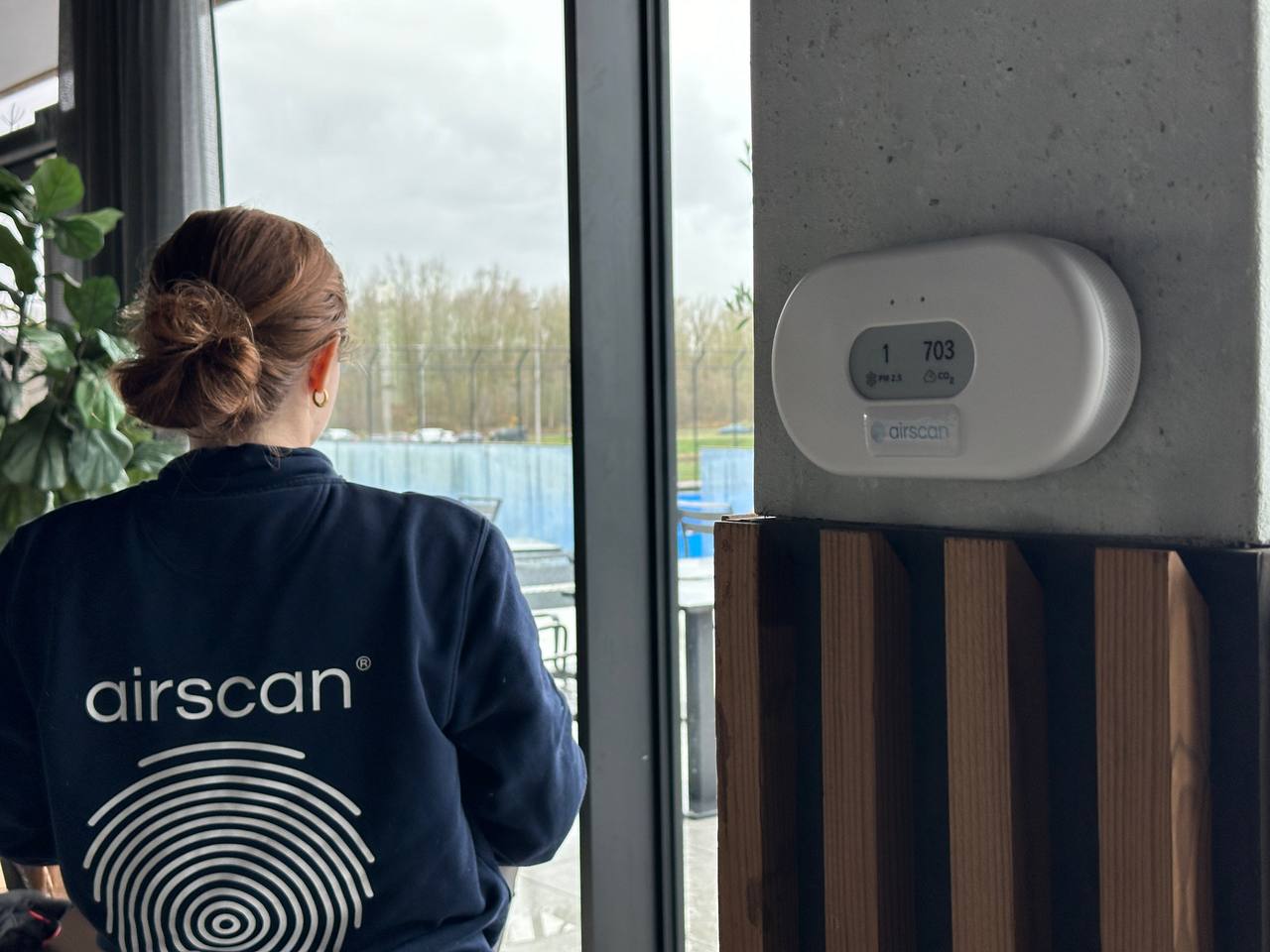
Architects, Engineers, and Interior Designers
The solutions and design strategies proposed by architects, engineers, and interior designers are crucial for achieving WELL certification.
Architects plan the building’s layout and integrate wellness features, engineers implement systems to meet WELL criteria, and interior designers create spaces that enhance comfort, activity, and mental well-being.

WELL AP
WELL AP or WELL consultants are specialists with specific backgrounds and education who guide the project team through the certification process.
They help interpret the WELL Building Standard, assist with documentation, and ensure that the project meets all requirements.
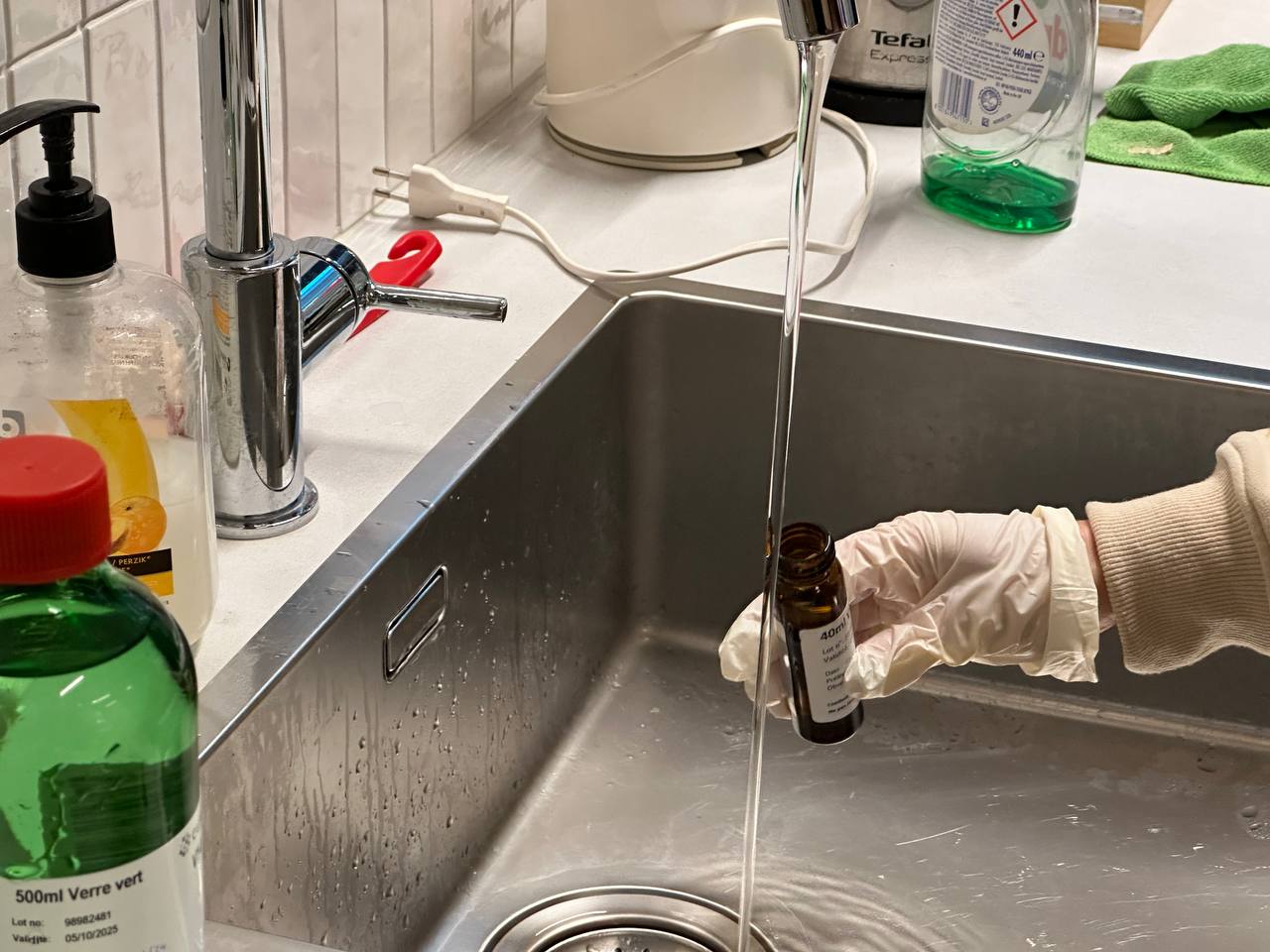
WELL Performance Testing Organization
Third-party testing agencies Authorized by the International Well Building Institute are the only parties eligible to verify compliance of a building with WELL standards through a set of specific tests.
These tests are essential to demonstrate that the building’s systems and indoor environment meet the required health and wellness criteria.
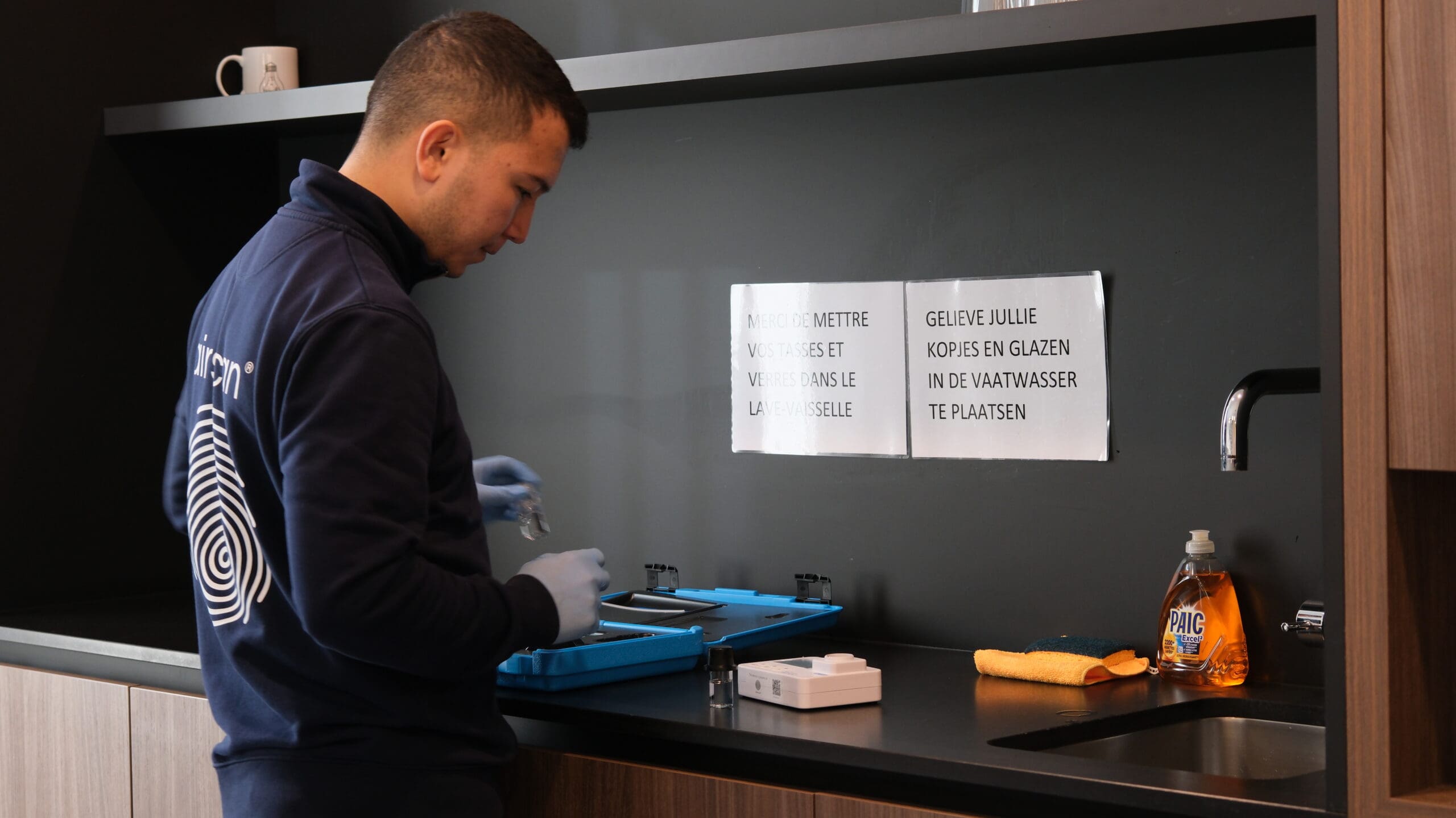
Building Operations Team
The building operations team plays an ongoing role in maintaining the building’s health and wellness features after certification is achieved. Their work ensures that the building continues to meet WELL standards over time.
Want to learn more about the different roles and responsibilities? Here’s an article dedicated to this topic.
Project Solutions
WELL certification tailored to your project type
Each project is unique – especially yours.
That’s why our in-depth expertise across all WELL Certification pathways ensures we deliver the most effective strategies tailored to your specific building and market objectives.
WELL for Core & Shell

Who is it for ?
Buildings where the owner is responsible for the core structure, mechanical systems, and common areas, while tenants manage their own interior fit-outs.
Key Benefits:
Implements essential wellness features at the heart of the building, benefiting both owners and future occupants.
Best suited when:
The owner occupies up to 25% of the total area and leases the remainder to tenants.
WELL for New and Existing Interiors

Who is it for?
Interior fit-out projects in both new and existing buildings, regardless of whether the building is WELL Core & Shell certified.
Key Benefits:
Focuses on interior design and operational strategies that enhance occupant health, comfort, and productivity.
WELL for New and Existing Buildings

Who is it for?
Comprehensive projects, including new constructions and major renovations of existing buildings.
Key Benefits:
Addresses both the structure and interior spaces, providing a holistic approach to health, sustainability, and well-being.
Tenant Improvements

Who is it for?
Interior upgrades and fit-outs in existing buildings, typically managed by tenants.
Key Benefits:
Enhances the quality of life through improved design, materials, and technology—regardless of the building’s overall WELL status.
WELL Core

Who is it for?
Buildings where the owner occupies a small portion (less than 40%) and leases the majority to tenants.
Key Benefits:
Ensures that at least 60% of the project area—either tenant-occupied or shared spaces—meets high wellness standards.
Other Building Types

WELL Certification is also applicable to:
Offices: Both new and existing office buildings
Residential: Pilot programs for apartment and multi-family buildings
Educational Institutions: Pilot programs for schools and universities
Retail: Retail and commercial spaces
Industrial: Warehouses and production facilities
Hospitality: Hotels, resorts, and hospitality venues

Ready to begin your WELL Certification journey with us?
Get started with a complimentary project assessment where we evaluate your WELL potential, identify optimal strategies, and provide a clear roadmap to certification success.
Our Work
